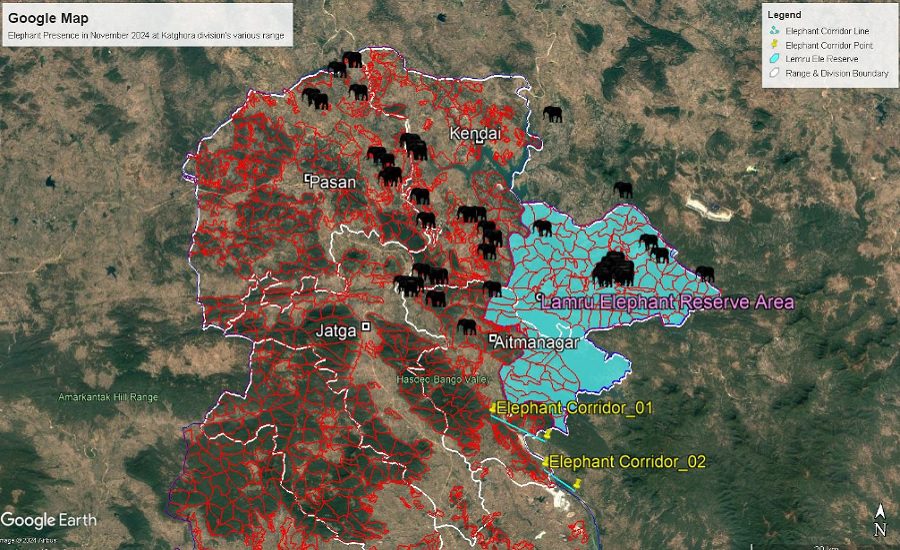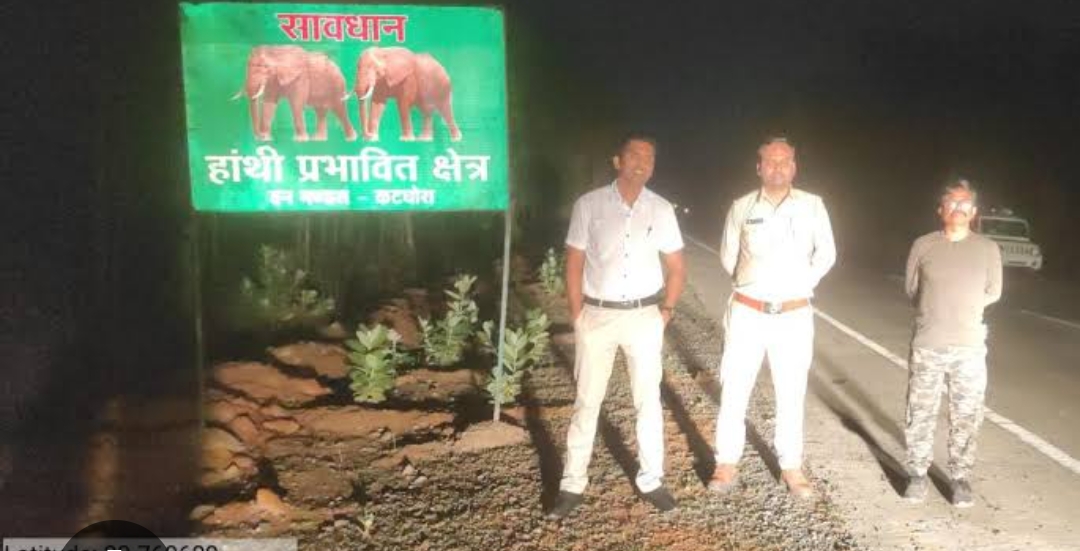In the heart of Chhattisgarh’s Katghora Forest Division, spread across more than 2 lakh hectares of lush greenery, an inspiring conservation story is unfolding. At its center stands 2016-batch Indian Forest Service officer Kumar Nishant, the Divisional Forest Officer (DFO), whose innovative vision has transformed deadly human-elephant conflict into a model of peaceful coexistence.
For decades, villages here lived under the constant shadow of elephant raids—damaged crops, destroyed homes, and tragic human and animal deaths. But today, things look different. Thanks to Mr. Nishant’s community-driven and technology-powered interventions, Katghora has recorded zero elephant fatalities in the past two years, with human casualties and crop losses also drastically reduced.
“Our division is one of the most biodiverse in India, but with such a large elephant population, conflict was inevitable. We realized the solution lay in empowering people to become protectors, not victims,” says Nishant, even as he responds to a late-night call about elephant movement.

1. Tech-Powered Forests: Safety at the Speed of a Click
When elephants move, villagers now know instantly. Nishant introduced the SAJAG Alert System, a real-time platform that has already sent over 2 lakh automated IVRS calls and SMS alerts to vulnerable villages since 2023.
Other cutting-edge innovations include:
Thermal drones & CCTV surveillance to track night-time elephant movement.
AI-powered Elephant Tracking App with live updates.
Smart Sticks for patrolling staff—fitted with GPS, alarms, solar charging, and USB ports.
A centralized Elephant Monitoring Station acting as the “nerve center” of operations.
The result? Faster responses, safer communities, and elephants spared from accidental deaths.
2. Villagers as Custodians, Not Casualties
Technology alone wasn’t enough—people had to believe in coexistence. Enter Kala Jattha, a traveling folk campaign that spreads awareness in local dialects through music, theatre, and storytelling.
The message is simple yet powerful: elephants are not enemies, but fellow inhabitants of the forest. Schools and youth clubs have also been roped in, turning villagers into active conservation partners rather than passive victims.
3. Forests as Engines of Prosperity
To address livelihood concerns—often at the root of resentment towards wildlife—Nishant launched initiatives that promote forest-based sustainable economies. From non-timber forest products to eco-tourism and skill development, communities are now earning through conservation rather than in spite of it.
“When people see economic benefit in keeping forests and wildlife safe, conservation becomes a way of life,” Nishant emphasizes.

A Blueprint for India
The Katghora model is now being studied across the country as a replicable blueprint for human-wildlife coexistence. What makes it unique is its fusion of modern technology, cultural sensitivity, and grassroots participation—a balance rarely achieved in conservation efforts.
From saving lives to empowering villagers, Nishant has redefined what it means to be a forester in the 21st century. His success echoes a profound truth: when communities and wildlife thrive together, both the forest and the nation grow stronger.


